Waste is a massive problem for the apparel industry. Every second, the equivalent of one garbage truck of textiles is dumped in a land filled or burned globally, according to the Ellen MacArthur Foundation. Unlike other industries, recycling clothing is often done in vain.
Instead, upcycling should be added to existing sustainability practices. Upcycling represents the process by which “old” products get a second life as a “new” product. Upcycling is about expanding the product lifecycle by re-adapting and/or re-purposing materials or items in a creative way.
Unlike mere recycling, upcycling has very low environmental impact, uses virtually no energy and zero water, and the quality or value of the merchandise doesn’t diminish. Upcycling creates a circular product lifecycle instead of linear one in which the end stage is a landfill.
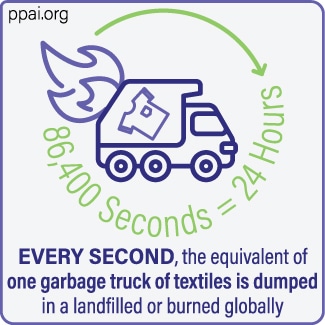
Kathy Cheng, president of supplier Redwood Classics Apparel in Toronto, won a PPPC Best in Green (Gold) Award when her company introduced its upcycling concept in 2014. “This is where our industry needs to go if we wish to be sustainable and to set an example for other industries,” she says.“Just because things have been done a certain way for a long time doesn’t mean we can’t reinvent ourselves—in fact, I think it is imperative that our industry does reinvent itself.”
An estimated 92 million tons of textile waste is created annually by the apparel industry, according to consulting firm McKinsey & Company. Textile waste is expected to increase by 60% between 2015 and 2030, with an additional 57 million tons of waste being generated annually, reaching an annual total of 148 million tons.
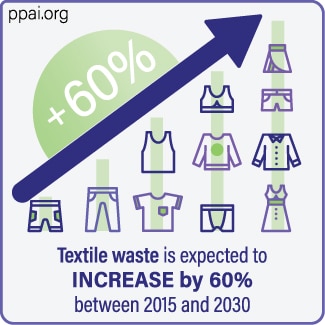
Millions of deadstock items are leftover every year. Dead stock is inventory that is unsellable. Not every company has best practices to handle unusable inventory, making dead stock a universal industry challenge. Dead stock is driven by over-purchasing, manufacturing specification errors, decorating flaws, damaged items and leftover seasonal products.
However, recycling may not be the solution. The effort it takes to separate, treat and process clothing waste into new material and then reuse it to make new clothes may create the same harmful effects seen in the first production process.
Cheng says, “For products that contain plastic, like polyester-based textiles such as tri-blends and performance wear, they can take up to 1,000 years to decompose if just dumped in landfills. Upcycling plastic fiber-based textiles will instead give them a new life and keep them from being thrown away. Investing in upcycled products shows that you are forward thinking and care about the environment.”
Recycled clothing is also often lower quality and less valuable material. According to the EPA, less than 15% of clothing in the U.S. is currently recycled.
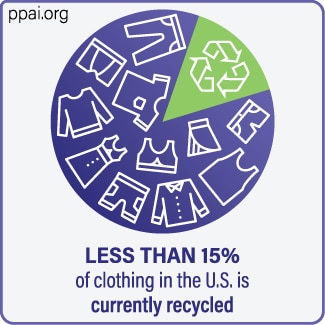
“Much of the apparel in our branded merchandise industry is heavily polyester-based because of meeting price-point sensitive demands. Low-cost selling strategy has been a low-hanging fruit for many,” Cheng says. “By upcycling already existing products, we are diverting more waste from already overburdened landfills, minimizing the use of additional virgin materials and keeping textiles in use longer.”
By transforming deadstock, promo suppliers can design unique and creative newproducts from existing materials that have greater appeal to today’s eco-minded consumers. Texas-based supplier Numo (PPAI 112597, S9) is also making the upcycling process simple for their clients.
National Sales Manager Jim Martin says, “Our upcycling program takes both waste and deadstock and converts it into promo products. We’ve taken billboards that have been taken down and converted them into pouches. We’ve also taken misprinted polos and converted them into backpacks.We have a good step-by-step process that shows how we calculate yields and clean and prep the materials before cutting and sewing. The process can take some time, but it is truly a waste saver.”
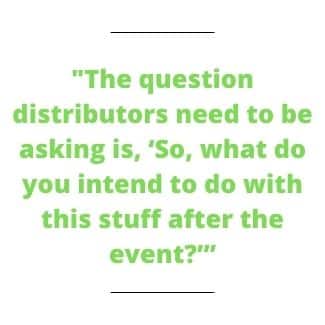
Martin says distributors have begun selling the program to clients upfront. “For example, the distributor was working up banners for a festival, and she pitched the upcycling concept at the same time she was pitching the banners. That ultimately actually removes friction from the process. The question distributors need to be asking is, ‘So, what do you intend to do with this stuff after the event?’”
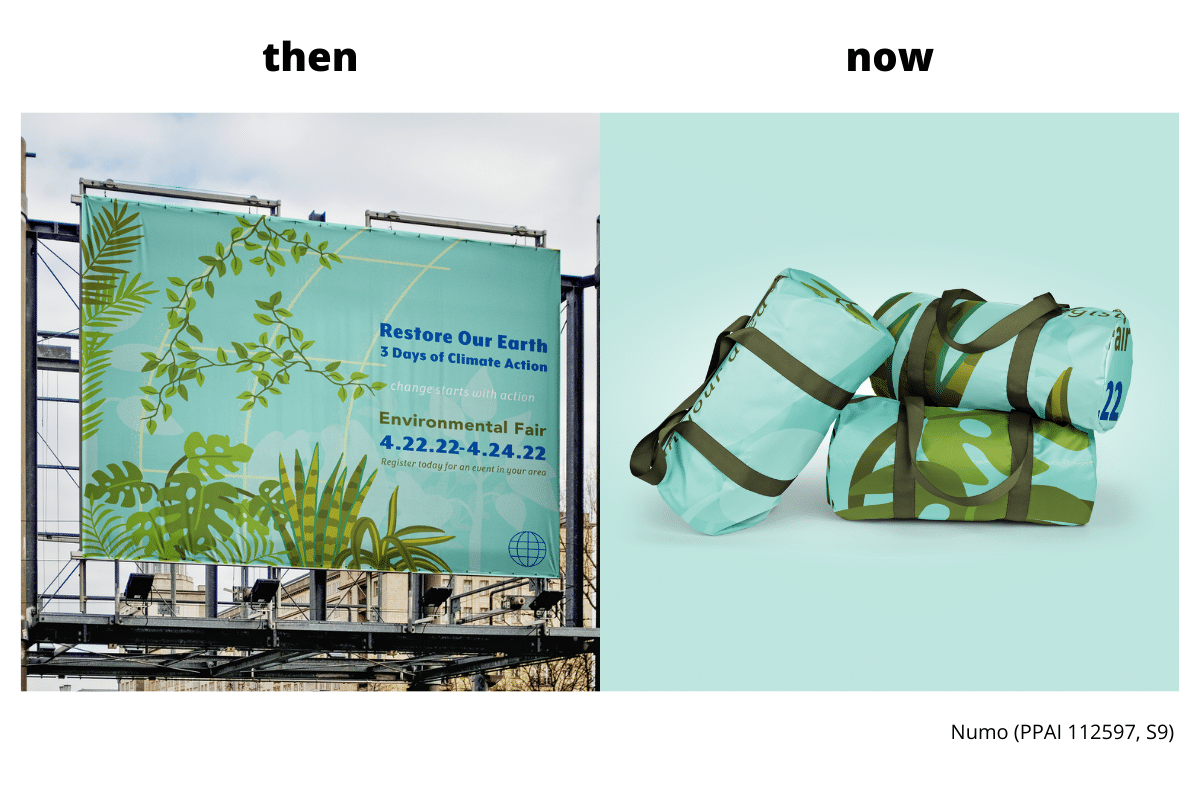
With upcycling, promo pros and their clients can get more out of their products. Martin says, “Extending any promotional product’s life (either in its initial form or in its new upcycled form) is a huge win not only for the environment, but also for the advertiser. The cost per impression of something in the garbage is infinite.”


